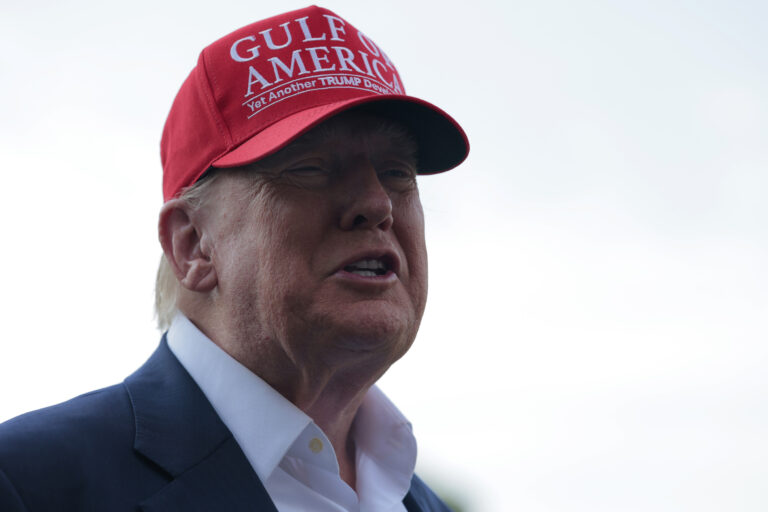Treasury Secretary Scott Bessent has delivered an update on tariff negotiations with U.S. trade partners as a 90-day reprieve deadline creeps closer.
Why It Matters
President Donald Trump enacted sweeping tariff measures on the vast majority of U.S. trade partners earlier this year, with a 10 percent baseline on virtually all imports, plus country-specific surcharges. The White House paused these specified tariffs for many countries for 90 days starting April 9, retaining only the 10 percent baseline, with the intention of negotiating bilateral deals.
Earlier this week, Trump confirmed he would be sending letters to trade partners regarding heightened tariff rates if deals were not struck by the deadline. On Friday he said he had signed 12 letters, with a “take it or leave it” offers on the table.
The president has said that he was not planning to extend the 90-day pause and his administration would be notifying countries about the tariffs that will take effect unless deals are in place.
What To Know
Speaking with CNN’s State of the Union host Dana Bash, Bessent said Trump would be “sending letters to some of our trading partners saying that if you don’t move things along, then on August 1 you will boomerang back to your April 2 tariff level.”
With Trump’s 90-day tariff pause set to end on Wednesday, @SecScottBessent tells @DanaBashCNN, “President Trump’s going to be sending letters to some of our trading partners saying that if you don’t move things along, then on August 1st, you will boomerang back to your April 2nd… pic.twitter.com/QHq3oKOWeT
— State of the Union (@CNNSOTU) July 6, 2025
Major trade partners, including the European Union (EU), which accounts for around 30 percent of all global goods trading according to the European Council, have not yet announced any deals. The EU could be hit by levies of up to 50 percent on goods coming into the U.S. on August 1 if no deal is reached. Retaliatory measures from the bloc on a wide range of American goods would be likely to follow shortly after.
Large economies that are also among those seeking deals include South Korea, Japan and India.
“I think we’re going to see a lot of deals very quickly,” Bessent said, saying that “probably 100 letters” would be sent out to small countries “where we don’t have very much trade.”
Bessent also denied that August 1 was a new set deadline for deals to be struck.
“We are saying this is when it’s happening. If you want to speed things up, have at it. If you want to go back to the old rate, that’s your choice,” he said.
Bessent said the Trump administration was concentrating on 18 key trading partners responsible for 95 percent of the U.S. trade deficit, and said there had been “a lot of foot-dragging” by countries in finalizing deals. However, he admitted that some deals are close, and that “several big announcements” are expected “over the next couple of days.”

Anna Moneymaker/GETTY
What People Are Saying
President Donald Trump, speaking to reporters from Joint Base Andrews in Maryland on Friday: “They’ll [tariffs] range in value, maybe 60 to 70 percent tariffs to 10 and 20 percent tariffs. We’ve done the final form, and it’s basically going to explain what the countries are going to be paying in tariffs. And it’s important, it’s a lot of money for the countries but we’re giving them a bargain.”
European Commission President Ursula von der Leyen said earlier this week: “What we are aiming at is an agreement in principle, because [with] such a volume, in 90 days, an agreement in detail, it’s impossible. And as far as I’m informed, there are only two countries so far worldwide that have concluded with an agreement in principle.”
Piyush Goyal, India’s trade minister told reporters on Friday: “Free trade agreements are only possible when it’s win-win for both nations.”
What Happens Next
The deadline for deals is Wednesday, July 9, with tariff rates set to be implemented on August 1. It remains to be seen which countries reach an agreement with the Trump administration before Wednesday, or whether any deadlines may be extended.


